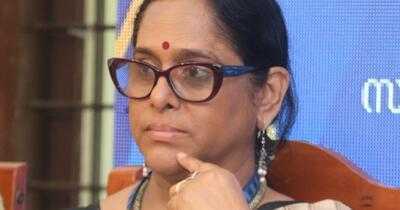
In the first half of the 20th century, discussions about “new womanhood”, in which women themselves participated, took place primarily in five plays that are collectively called “Yogakshema Natakam”.
Reformation movements were instigating changes within the Namboothiri (Malayala Brahmin) community, which had been trapped in old customs and rituals. The Yogakshema Sabha was the central organisation spearheading these changes. Formed in 1908, its main objectives were to promote English education, end the joint family system and allow younger sons to marry within the community (a right, by tradition, only the eldest son had). In 1919, the Namboothiri Youth Movement was created, and in 1927, Yogakshema Sabha began focusing on women’s issues, including education, ending polygamy, acceptance of widowhood and boycotting ghosha (seclusion). Radical Namboothiri youth took over the leadership of reformation and demanded changes in the deplorable condition of women within the community. It was the conviction that the Namboothiri community could effectively interact in the mainstream society only if its customs, traditions and family structure underwent changes that allowed reformers and dramatists like VT Bhattathiripad and his contemporaries to step beyond the decisions taken by the Yogakshema Sabha. And as far as VT was concerned, literature was the most important...
Read more
-
The Secret Signal in Your Stool! AIIMS Expert Reveals Early Warning Signs of Disease

-
Heart doctor told 4 easy ways to avoid blockage, arteries will remain healthy even without medicines… – News Himachali News Himachali

-
Good news for UPI users, these banks will give instant loans for small expenses

-
National Princess Day 2025: Make the ‘Princess’ of your life feel special on Princess Day, here are the gift ideas

-
Seeking the Infinite: How One Pilgrimage to Maha Kumbh Mela Redefined Yakub Mathew’s Spiritual Quest
